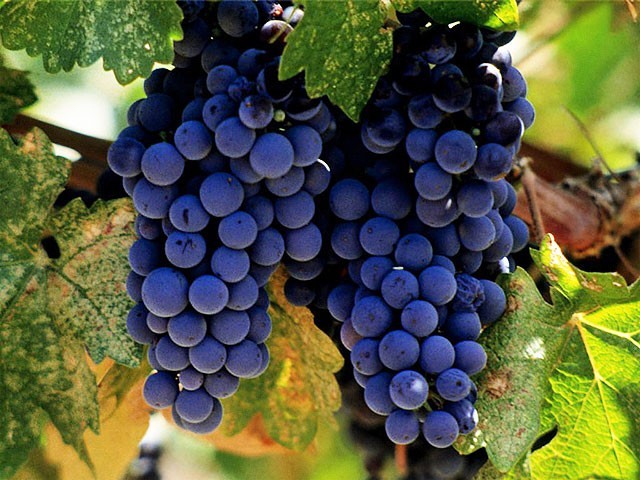The Republic of Macedonia
Posted on Fri 21st Feb 2014 at 09:49

“Where’s that then? And do they make wine?” are frequent questions I get when I tell people about my travels in Eastern Europe. Macedonia lies in the central Balkans and is bordered by Bulgaria, Serbia, Kosovo, Albania and Greece.
Officially, the country is named the Republic of Macedonia but is still described by United Nations as FYROM (Former Yugoslav Republic of Macedonia) due to an on-going dispute over the name Macedonia, which Greece has registered with EU as a “Protected Geographical Indication” for one of its wine producing regions.
Historically Macedonia covered a much larger area than it does today, including parts of Greece and south-western Bulgaria. At one time it was the most powerful state in the world, under the rule of Philip II (359BC), followed by his son Alexander the Great (until his early death in 323BC). Like the rest of the Balkans, Macedonia came under Ottoman rule for five centuries until 1913, a period when wine production suffered considerably. The region of Macedonia was then partitioned between Bulgaria, Greece and Serbia (and it was this last part that went onto to become today’s republic).
After World War II, Macedonia became part of the Kingdom of Serbs, Croats and Slovenes and later became part of Yugoslavia. Independence from Yugoslavia was recognised in 1991, and luckily, Macedonia largely avoided the violence that afflicted so many of its neighbours. The EU accepted Macedonia as a candidate country in 2005, though the dispute with Greece is delaying progress towards membership. Geography The Republic of Macedonia lies between the latitudes of 40˚ to 43˚N. Hot dry summers, with as many as 270 sunny days, are typical with moderate rainfall and a mostly dry growing season so disease pressure is naturally low. The country is landlocked and geographically defined by a central valley formed by the Vardar River, while mountains border the country. To the south lie three lakes including the UNESCO listed Lake Ohrid, believed to be one of the oldest lakes in the world. There are three wine regions: Pcinya-Osogovo in the east, the western region of Pelagoniya-Polog, while most important is the central region of Vardar River Valley (also known as Povardarie). This accounts for more than 85% of vineyard area, particularly the Tikveš district, which has 41% of the country’s vineyards. Modern Day Wine is a hugely significant crop in Macedonia, accounting for 17 to 20% of agricultural GDP, and it is the second most important agricultural export after tobacco. In the 1980s, Macedonia produced as much as 1.8 million hl (about a third of Yugoslavia’s total production), while today production hovers around 1.2 million hl. Exports accounted for 885,331 hl in 2013, with 64% going to Germany and other EU countries, predominantly as cheap bulk wine, though recently the industry has seen significant investment in new wineries and better quality. As a result more premium wines are being produced and exported. In 2013, there were 81 registered wineries in the country, including several large producers and an increasing number of small estates.
In 2012, the Macedonian state statistical office claimed just under 21,000 ha under vine. However, a formal vineyard register is being developed and the results so far contradict this official story, with aerial photography revealing around 33,400ha of vineyards. Macedonia does have sizeable table grape industry – probably around 30% of its vines - so the best estimate today is that there are approximately 23,500 ha planted to wine grapes. Red wine varieties predominate, particularly Vranec (the usual spelling here), regarded as the country’s flagship red. Genuinely local varieties are Stanušina and the rare Ohridsko Crno. Other red varieties include Kratošija (Tribidrag), Cabernet Sauvignon, Merlot, Syrah and even some promising Petit Verdot. White grapes often go for brandy or rakija (a popular local spirit) but include Žilavka, Župljanka, Temjanika (Muscat á Petit Grains), Smederevka, Rkatsiteli, Graševina, Chardonnay and Sauvignon. Written by Caroline Gilby; Master of Wine, for Signature Wines Ltd.

